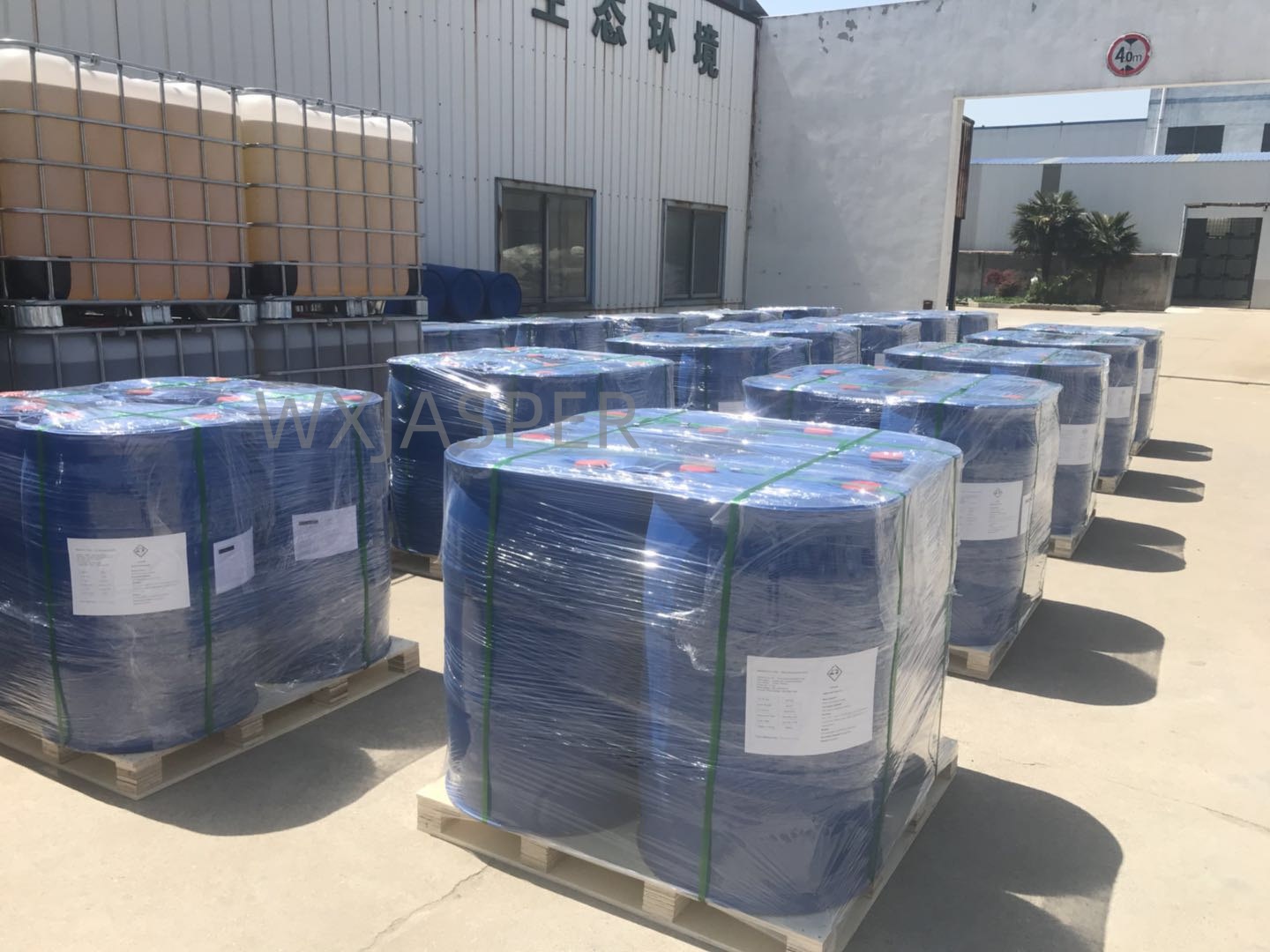Your Location:Home > Products > Solvents > lsooctylglucoside



CasNo: 125590-73-0
MF: C14H28O6
Appearance: liquid
Delivery Time: 15 days
Packing: 200kg/drum
Purity: 60%
| Property | Specification |
|---|---|
| Appearance | Commercial grade is typically a 60% aqueous solution, presenting as an amber liquid |
| pH Value | Neutral to weakly alkaline (pH 7.0–8.5 in 1% aqueous solution at 25℃) |
| HLB Value | 13–15 (hydrophilic-lipophilic balance, suitable for water-based formulations requiring wetting and solubilization) |
| Key Functional Traits | Excellent permeability, dispersibility, solubilization, alkali resistance, compatibility, and low foaming; wetting ability enhances with increasing alkali concentration (unique advantage in strong alkaline systems) |
| Solubility | Fully soluble in water; compatible with common organic solvents (e.g., ethanol, propylene glycol) |
| Stability | Stable under high-temperature conditions (up to 110℃) and in strong alkaline systems (pH > 13); no hydrolysis or performance degradation |
Isooctyl Glucoside is produced via glycosylation reaction between glucose (derived from starch crops like corn or potatoes) and isooctanol (a C8 branched-chain fatty alcohol). The process typically involves the following key steps:
Its outstanding alkali resistance and low-foaming property make it a core additive in scenarios requiring compatibility with harsh conditions: